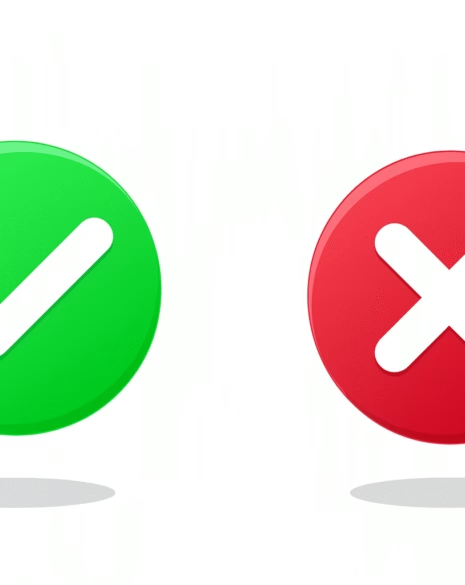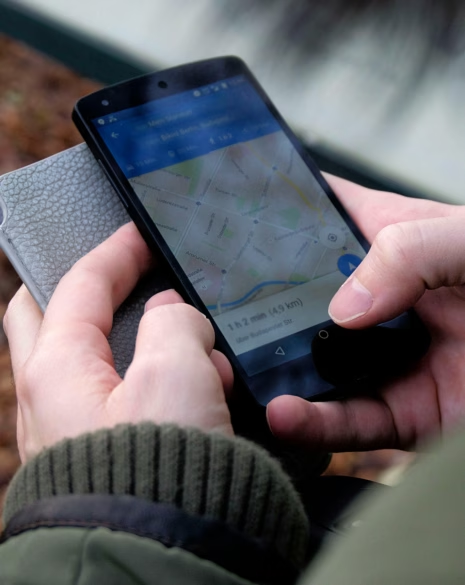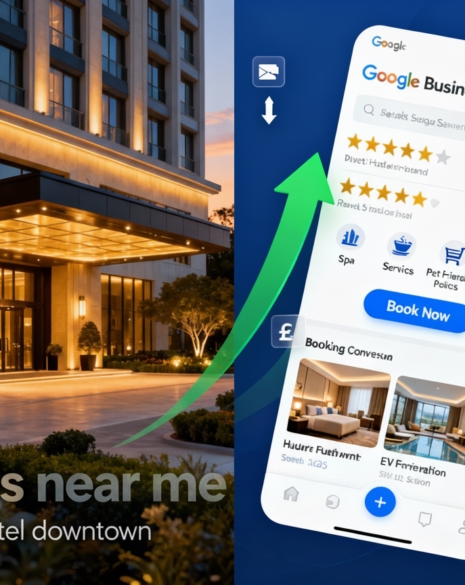A well-structured location page can be one of the most valuable assets on your hotel’s website — but most are an afterthought. Either they don’t exist at all, or they’re a throwaway section with a short paragraph, a stock photo, and a contact form buried at the bottom.
But here’s the thing: when done properly, your location page doesn’t just say where you are — it helps you rank for high-intent searches like “hotels in [your city]” and “accommodation near [local landmark].” Even more importantly, it guides the guest toward booking by answering their real-world questions and positioning your hotel as the right choice.
Let’s unpack what makes a location page work — for both search engines and real people.
Why Your Hotel’s Location Page Deserves Strategic Attention
Location pages are often the first organic entry point for guests searching for hotels in your area. Whether it’s via Google Maps, local search results, or a “near me” voice query, these pages sit at the intersection of visibility and intent.
They allow you to speak directly to guests who are already considering your destination. And unlike OTAs, which pull in templated location data, your page can offer personality, relevance, and conversion potential — all in one place.
When written with clarity and purpose, a location page can act as both a ranking asset and a conversion engine.
What Helps a Location Page Rank in Local Search
Google wants to show results that are relevant, trustworthy, and locally anchored. That means your location page should include original content tailored to your hotel and its surroundings — not copy lifted from a brochure or pasted from a tourism site.
Your title tag and meta description should be descriptive and location-focused, using terms your audience is actually searching for. Phrases like “[Town] hotel with parking” or “family-friendly hotels near [landmark]” can make a significant difference in organic visibility.
The content itself should reflect the guest experience. Describe your proximity to key attractions, travel links, or hidden gems.
Mention your distance from train stations, airports, and notable neighbourhoods. And support that content with a Google Map embed, visible contact details, and LocalBusiness schema markup so search engines can interpret the page correctly.
For technical implementation, Google’s documentation on local business structured data is helpful: https://developers.google.com/search/docs/appearance/structured-data/local-business
What Helps a Location Page Convert Visitors into Bookers
Ranking is only half the story. Your page needs to convert — and that means giving users a sense of place, trust, and confidence.
Start by putting the location into context. What does staying in your area offer that others don’t? Is it peaceful countryside, walkability, a vibrant local food scene, or proximity to major venues? Use that hook early, and make it specific.
Design and layout matter too. The page should feel like part of your brand — visually consistent, clean, and fast to load. Key calls to action, like “Check Availability” or “View Rooms,” should be easy to find without being aggressive.
Link naturally to your rooms, amenities, offers, and local blog content. If a guest wants to learn more about nearby events or itineraries, the page should help them — not send them back to Google to start again.
Including a brief FAQ section that addresses practical concerns like parking, check-in times, pet policies, or accessibility can also go a long way. These aren’t just helpful for users — they create opportunities for structured data and featured snippets as well.
Structuring Your Page to Serve Both SEO and UX
There’s no single perfect template, but the most effective location pages follow a logical structure. Start with a headline that clearly states your hotel’s name, type, and location. Follow this with an introductory paragraph that speaks to the kind of experience guests can expect in your area.
Use sub-sections to cover things like what’s nearby, how to get there, who your location is ideal for (families, couples, business travellers), and what makes your spot unique. Include real photography — not stock — to ground the content in authenticity.
Where relevant, include a teaser for your most popular room types or packages, with clear paths to learn more. And make sure there’s always a next step: whether that’s checking availability, signing up for offers, or contacting your team directly.
If you’re looking for examples of how to combine local relevance and conversion-led UX, BrightLocal offers useful guidance: https://www.brightlocal.com/learn/local-seo/landing-pages/
What to Avoid
Thin content — a few generic lines about “convenient location” — won’t do the job. Neither will duplicate content pulled from your homepage or other listings. Google prioritises originality and depth.
Equally, don’t fall into the trap of overloading your page with keywords or stuffing every local term you can find into a single block of text. That approach is outdated, ineffective, and likely to be penalised.
A location page should feel natural, useful, and distinctly yours.
Final Thoughts
Location landing pages shouldn’t just exist because “every site has one.” They should earn their place. Done well, they can rank for highly competitive local terms and turn searchers into bookers by answering exactly what guests want to know — and nothing they don’t.
In an industry where OTAs dominate most of the first-page results, your own site needs to work harder. And this is one of the best places to start.
At Formula, we help hotels craft location pages that don’t just say where you are — they show why you’re the best place to be.






